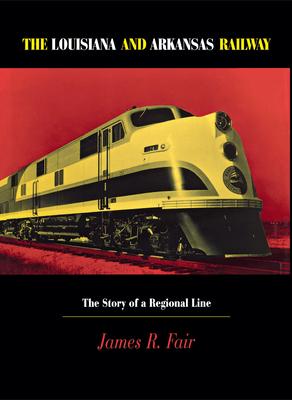The Louisiana & Arkansas Railway, known as "The Better Way," ran its first trains at the turn of the century and expanded over the years to connect New Orleans to Dallas. Well-maintained and enduringly profitable, this regional railroad succeeded because of the tenacity of three men who consecutively oversaw all aspects of operations.
The story of the L&A is largely a collective biography of William Edenborn, William Buchanan, and Harvey Couch--the men who built and extended the line by shrewd acquisitions. These successful businessmen combined wisdom, foresight, and propensity for hard word--traits they had first demonstrated in other careers--with their longtime love for trains. Each applied remarkable talents for industry and commerce toward the development of the L&A to mold it into a model regional railroad.
In this first history of the L&A, Fair traces the line's development from the early boom days of railroading to its dissolution in the modern era of takeovers. Although for much of its existence the L&A operated under the control of a parent company, the KCS, it long maintained independence. The eventual takeover by the superline in 1992 finally dissolved the L&A entirely.

Louisiana and Arkansas Railway: The Story of a Regional Line
The Louisiana & Arkansas Railway, known as "The Better Way," ran its first trains at the turn of the century and expanded over the years to connect New Orleans to Dallas. Well-maintained and enduringly profitable, this regional railroad succeeded because of the tenacity of three men who consecutively oversaw all aspects of operations.
The story of the L&A is largely a collective biography of William Edenborn, William Buchanan, and Harvey Couch--the men who built and extended the line by shrewd acquisitions. These successful businessmen combined wisdom, foresight, and propensity for hard word--traits they had first demonstrated in other careers--with their longtime love for trains. Each applied remarkable talents for industry and commerce toward the development of the L&A to mold it into a model regional railroad.
In this first history of the L&A, Fair traces the line's development from the early boom days of railroading to its dissolution in the modern era of takeovers. Although for much of its existence the L&A operated under the control of a parent company, the KCS, it long maintained independence. The eventual takeover by the superline in 1992 finally dissolved the L&A entirely.